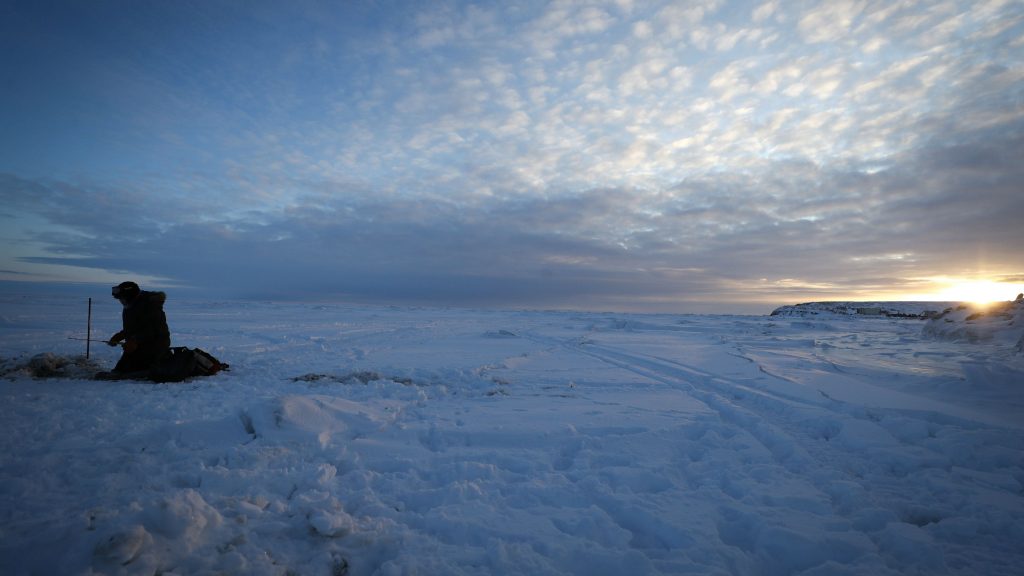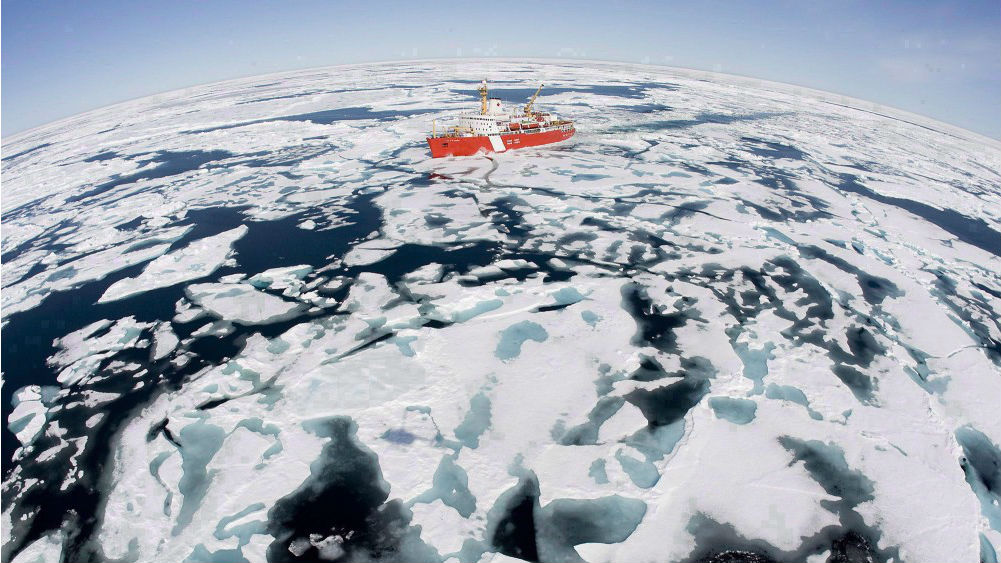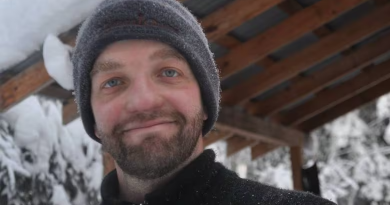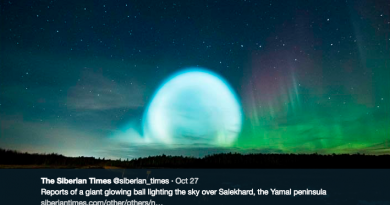Arctic sea ice extent in February lower than average but higher than in recent years

Arctic sea ice extent in February was well below average, but at the end of the month it was still higher than levels recorded in several recent years, according to the U.S.-based National Snow and Ice Data Center (NSIDC).
Arctic sea ice extent averaged at 14.39 million square kilometres (5.56 million square miles), placing it seventh lowest in the satellite record for the month, according to the Colorado-based centre.
Ice extent was near average in most regions of the Arctic except most notably in the Gulf of St. Lawrence off the coast of northeastern Canada, and to a lesser extent in the Bering Sea and the Sea of Okhotsk. The ice edge was also further north than average on the northern and western side of Svalbard, NSIDC reported.
The findings were supported by data released by the EU’s Copernicus Climate Change Service (C3S).
It reported the monthly average Arctic sea ice extent in February at 14.2 million square kilometres, about 4 per cent below the 1991-2020 average for February.

In a report released Tuesday, the NSIDC said the polar regions experienced extremely high levels of sea level pressure over the central Arctic Ocean in the first two weeks of February, driving a pronounced and enlarged Beaufort Gyre sea ice circulation.
The Beaufort Gyre keeps the polar environment in equilibrium by storing fresh water near the surface of the ocean. Prevailing winds blow the gyre in a clockwise direction around the western Arctic Ocean, north of Canada and Alaska.
“I think the most notable thing is the very high sea level pressure (SLP) in the Beaufort Sea,” NSIDC senior research scientist Walt Meier told Radio Canada International. “It was a record high SLP for a day or two in that region.”
This phenomenon is also connected to a strong negative mode of the Arctic Oscillation (AO), which helped bring cold weather as far south as Texas, Meier said.
“In the Arctic, a negative AO tends to keep ice within the Arctic because the strong high causes the ice to spin the Beaufort [Gyre] in a clockwise direction but stay within that region more than being pushed across the Arctic and out into the North Atlantic,” Meier said.
In the past, winters with a negative AO were associated with higher summer ice extents and positive AO winters tended to result in lower summer extents, he added. However, this relationship has broken down over the past 15 years and the ice has tended to be low regardless of the winter AO, Meier said.
The area north of Svalbard, as well in the Barents Sea to the east and north of Svalbard have shown low extent in recent years, he said.
“One reason is likely warmer waters coming from the Atlantic are penetrating farther north and reducing the ice in that region,” Meier said.

The St. Lawrence region is generally a region of highly variable ice conditions – the ice is generally pretty thin and a lot depends on the weather conditions, he said.
“However, this year is pretty extreme in terms of lack of ice for the region,” Meier said.
There was generally low sea level pressure to the east of the region during February and that brought onshore winds, which pushed ice toward the shore and prevented it from expanding. Air temperatures were also very warm relative to normal, so that also helped stunt ice growth. However, that is something that could change pretty quickly if the weather changes, Meier said.
Sea ice extent in the Bering Sea, which has been very low in the past three years, was slightly below normal, but not near as extreme as it has been during recent winters, Meier said.
“In general for the Arctic, conditions are pretty typical for the winter in recent years. The extent is low overall with one or two regions being fairly extreme – this year the Gulf of St. Lawrence, in the past few years, the Bering Sea,” Meier said.
However, it is hard to project what sea ice extent will look like in the summer, he said.
“So much depends on the summer weather patterns – how warm, which way the winds blow determine how quickly ice is lost and where,” Meier said. “Of course, the ice is much thinner than it used to be, so even moderate summer conditions lead to low extent by summer, regardless of where things start at the end of winter.”
Related stories from around the North:
Canada: Climate change creating vast new glacial lakes, with risk of ‘gargantuan’ floods, researcher says, The Canadian Press
Greenland: A big chunk of Greenland’s ice cap breaks off as Arctic shifts to new climate regime, The Associated Press
Finland: Miners hunting for metals to battery cars threaten Finland’s Sámi reindeer herders’ homeland, Yle News
Iceland: Arctic Science Ministerial postponed to 2021 due to COVID-19, Eye on the Arctic
Norway: Climate change hits back at Svalbard, coal mine flooded by melting glacier in Norway, The Independent Barents Observer
Russia: Record-warm Arctic summer fatal to wild reindeer in Russia, say environmentalists, The Independent Barents Observer
Sweden: Extra billions to SAS – but with stricter climate requirements, Radio Sweden
United States: Bering Sea ice at lowest extent in at least 5,500 years, study says, Alaska Public Media



